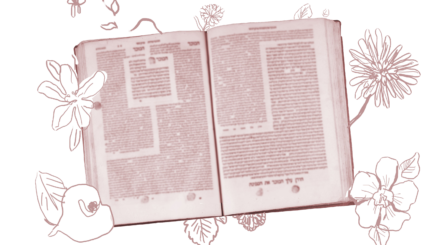Commentary on Parashat Mishpatim, Exodus 21:1 - 24:18
Rules. Parameters. Boundaries. That’s what this Torah portion is all about. It’s also about that which sets apart ancient Israel from its neighbors. It is infrequent that the text is so self-evident that the reader can clearly determine whether the various things listed in the Torah are designed to keep Israel in, or those who are not part of Israel out. It actually might be one of the reasons why even those inside the community have trouble determining the extent of their commitment to following these regulations.
These rules seem mundane, especially when compared to the grandeur of the previous week’s scene at Mount Sinai, until close to its completion where we read “And the people beheld the God of Israel….” (Ex. 24:10).
There is no story here, no bold narrative. This is its simple lesson. It is not merely on the occasions of Sinai–to which few of us are ever witness–that we experience the Divine, but it is also in the occurrence of our everyday lives.
Perhaps the reason the Torah chooses to use the Hebrew word mishpatim (ordinances) rather than mitzvot (commandments) is to emphasize that these issues are relevant to society and the interactions among groups. And it is in the interactions with others–even those outside the camp of Israel (which this parashah helps us to navigate)–that the sacred can be found.
Torah
Pronunced: TORE-uh, Origin: Hebrew, the Five Books of Moses.



